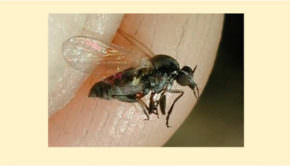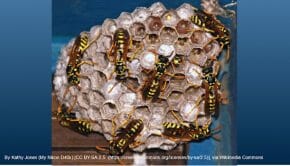Biodiversity Group: Plant of the Month
Plants of the Month: Common Holly (Ilex aquifolium)
The common holly, one of Britain’s few native evergreens, can grow up to 15m in height and live for 300 years. It flowers in May or June with each bush producing either male or female flowers. The female bush alone produces the bright red berries but only if there is a male plant nearby to pollinate it. A wide variety of wildlife rely on the holly bush. Birds use its dense cover for nesting in and the berries are an essential food source in winter. Small mammals also eat the berries and along with toads, slow worms and hedgehogs use the deep leaf litter for hibernation. Bees and other pollinators visit the flowers for the nectar and pollen whilst caterpillars of the holly blue butterfly and some moths eat the buds, leaves and flowers. Deer also eat the leaves but choose the smooth ones found at the top of the bushes. The use of holly as a decoration at Christmas dates back centuries to pagan times when the Romans used it in wreaths and garlands during their Saturnalia festival held in December. If you are using it as a decoration be aware the berries and leaves are poisonous to both pets and humans.
Did You Know?
- Scandinavian myths state the holly bush originally belonged to Thor the god of thunder. Ancient Romans believed holly protected against lightning strikes. According to The Holly Society this may have some truth in it as they suggest the spines of the leaves act as miniature lightning conductors protecting the tree and other objects nearby!
- The Celts believed that the Holly King ruled during winter days while the Oak King ruled over the summer.
- The mistle thrush jealously guards the holly berries in winter preventing other birds from eating them.
- In heraldry, holly is used to symbolize truth.
- Holly wood is heavy, hard, fine grained and easily dyed. It is used to make walking sticks and is sometimes dyed black and used instead of ebony for piano keys. It also makes good firewood, burning with a strong heat.





